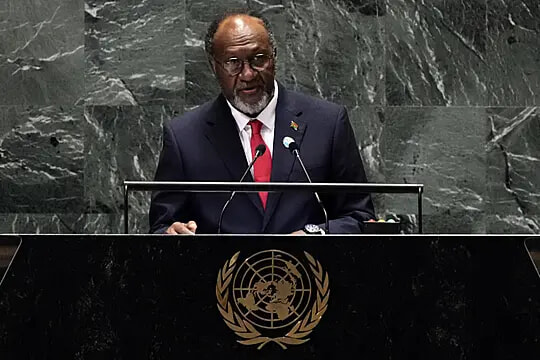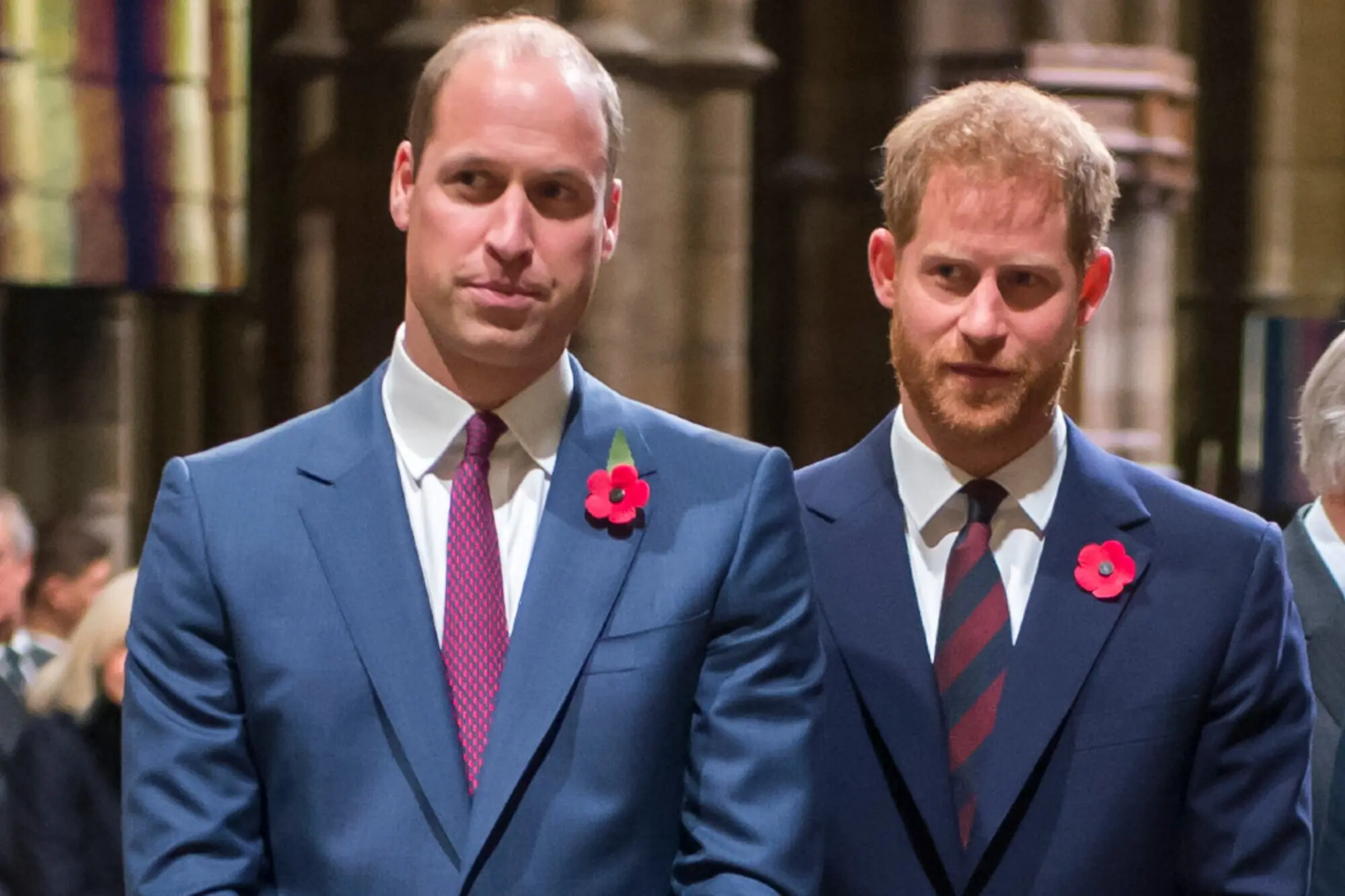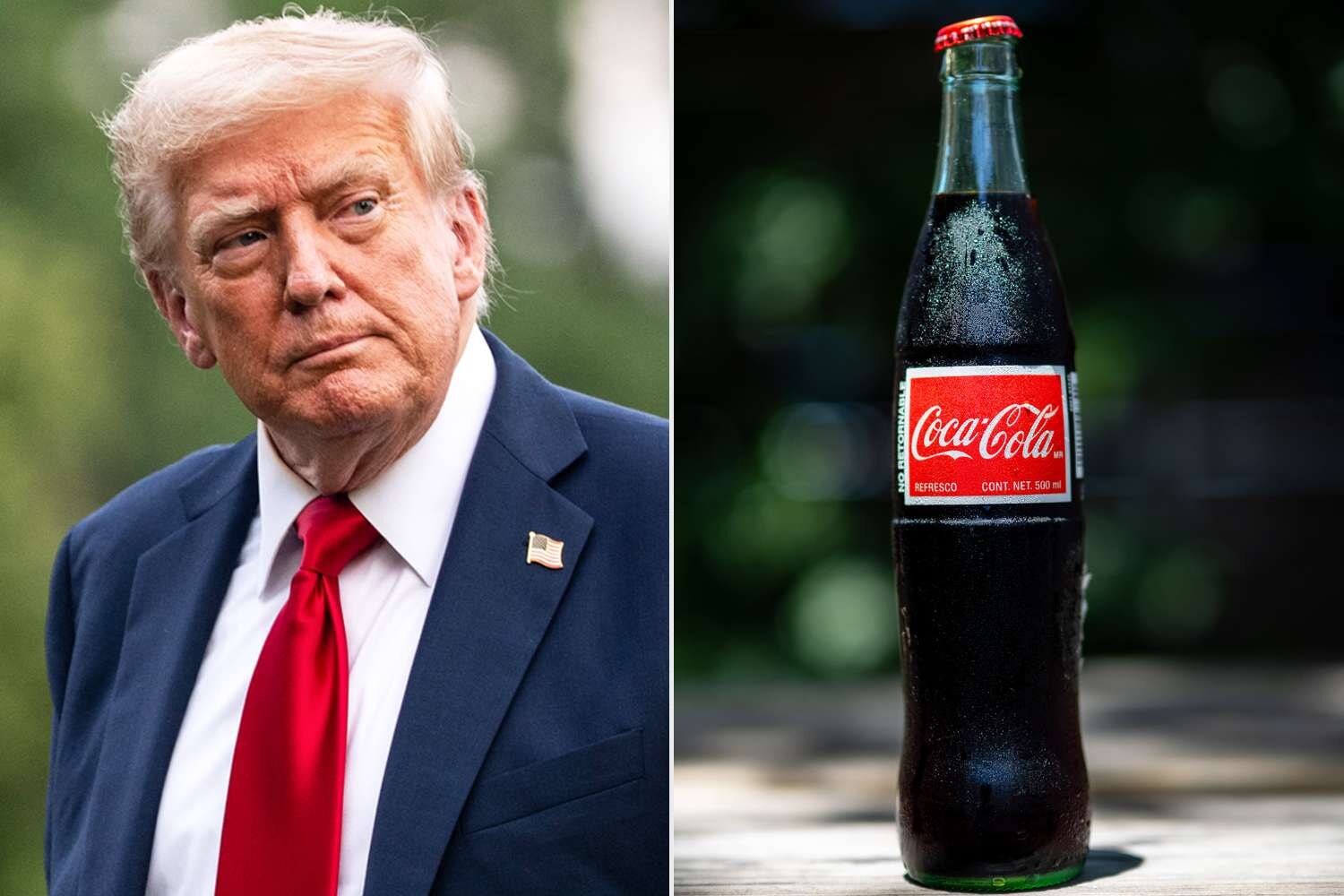
Indian Film Board Censors 'Superman' For 'Overly Sensual' Kiss
Interesting...
Published July 16, 2025
Advertisement
Advertisement
1. Shadows on the Silver Screen
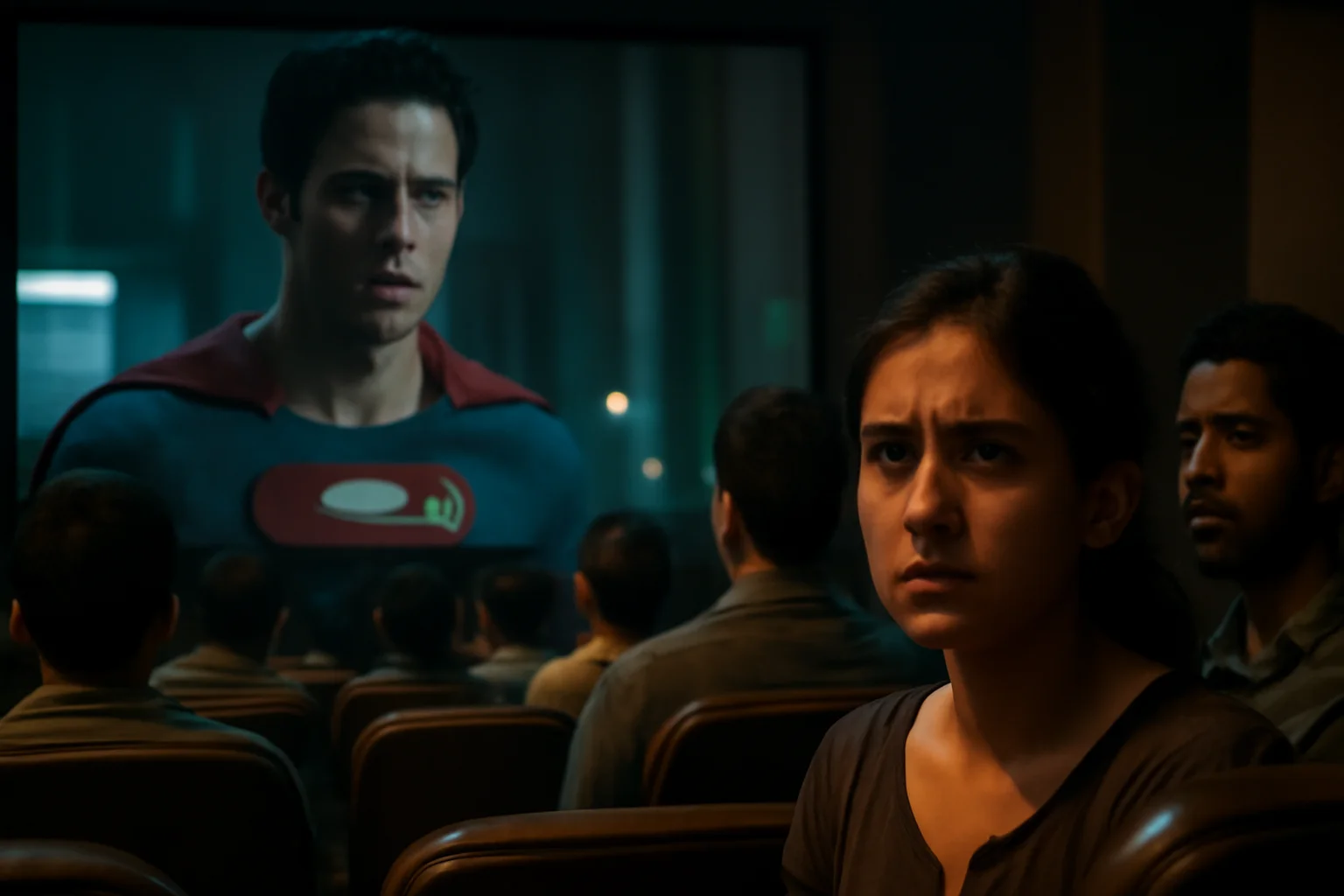
As anticipation for James Gunn’s new Superman swept through theaters worldwide, Indian moviegoers encountered a jarring absence that rippled through social media and cinema circles.Two pivotal kiss scenes between David Corenswet’s Superman and Rachel Brosnahan’s Lois Lane—one in Lois’ kitchen and another, a 33-second mid-air embrace in a shopping arcade—were sliced out by India’s Central Board of Film Certification (CBFC), replaced with abrupt skips that left audiences disoriented.In both scenes, the actors remained fully clothed and the kisses, by Western standards, were far from explicit, yet the CBFC branded them “overly sensual” for Indian viewers.For Indian audiences, these omissions felt less like subtle adjustments and more like glaring acts of erasure, undermining the emotional core of a film meant to launch a new era for DC.As word spread, fans expressed outrage and disappointment online, asking why intimate affection warranted censorship while violence and misogyny often passed unscathed.The CBFC’s edits did not stop at romance; several curse words were muted or cut, and even the infamous “middle finger emoji” in Brad Pitt’s “F1: The Movie” was replaced with a fist bump.Such changes aren’t uncommon in India, where filmmakers have long anticipated the censors’ scissors and occasionally self-censor to avoid costly delays.But with the Superman edits, frustration boiled over, and a new debate about artistic freedom and double standards reignited across the nation.Fans and critics alike began to question who truly benefits from such interventions, and what Indian audiences are actually being “protected” from.Amid the furor, the CBFC’s silence only fueled the storm, leaving studios, filmmakers, and millions of fans grappling with what had just unfolded on screens across India.What began as a Hollywood blockbuster release quickly evolved into a cultural flashpoint, shining a light on the tangled intersections of censorship, art, and public morality in the world’s largest democracy.
Advertisement
2. The Iron Grip of the Censors
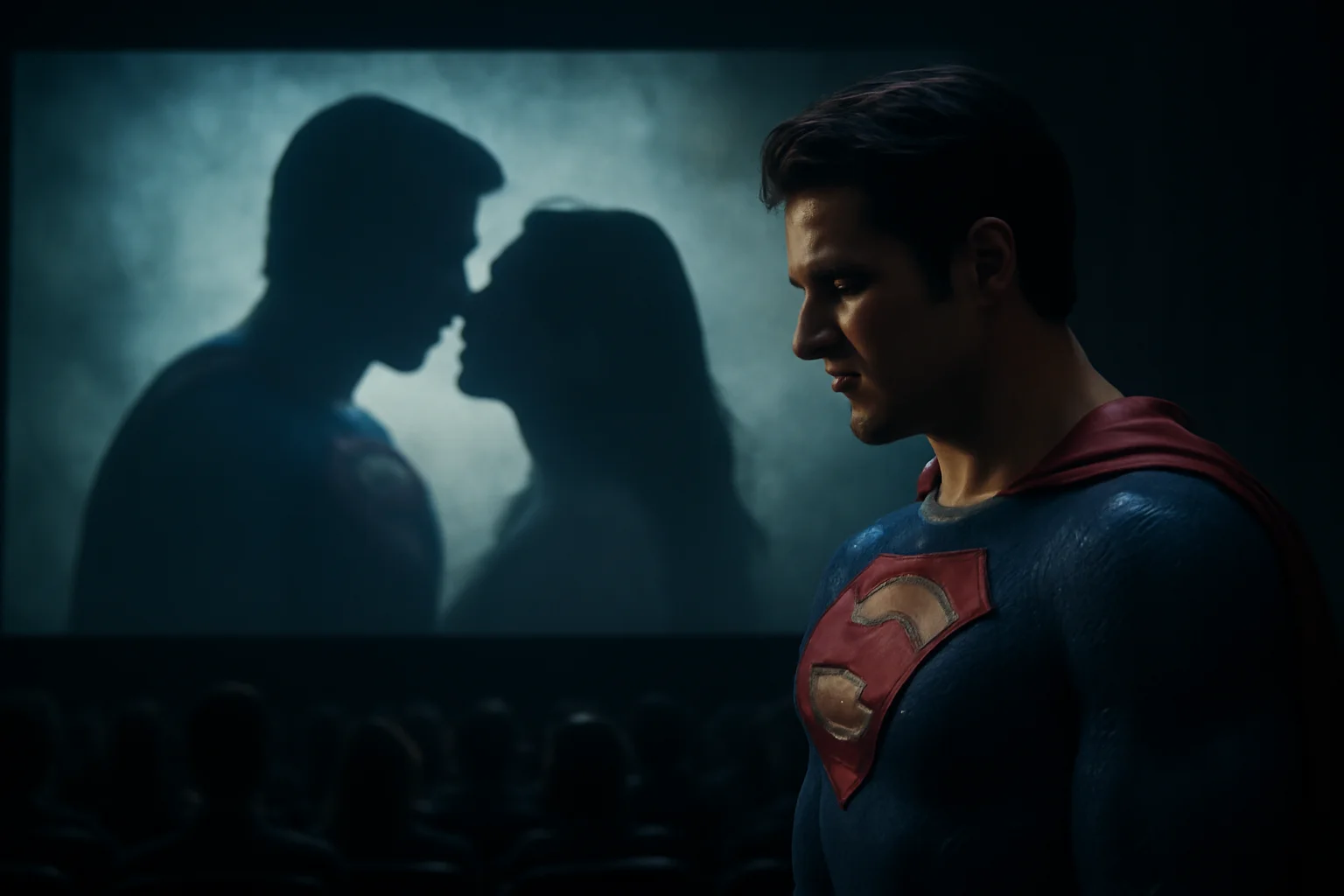
India’s Central Board of Film Certification wields immense influence over what its 1.4 billion citizens see at the movies, with every film subject to approval before public screening.This authority, granted by the Cinematograph Act of 1952, means no film can reach audiences without the board’s nod, often following requested cuts or edits in the name of morality, decency, or public order.While international studios like Warner Bros. and Marvel have come to expect such interventions, the case of Superman highlighted just how unpredictable the process can be.Self-censorship has become a defensive strategy, with studios preemptively trimming scenes they know will draw attention, hoping to speed up approval.Yet these moves don’t always spare them from backlash, especially when fans notice glaring gaps or abrupt transitions that disrupt a film’s rhythm.CBFC’s standards, critics argue, seem inconsistent and politically charged—allowing graphic violence, regressive gender roles, or even overt misinformation in Indian films, while pouncing on brief moments of consensual affection in foreign releases.The tension is further complicated by India’s diverse, often conservative cultural landscape, where attitudes about romance, sexuality, and family honor continue to shape what’s considered acceptable.Despite gradual liberalization in some urban centers, the censor’s knife still hovers over kissing scenes, “sensual visuals,” or anything that might spark public controversy.Recent years have also seen the board clamp down on religious, caste-based, and political narratives, drawing condemnation from filmmakers and free speech advocates.Many artists, finding their work at the mercy of shifting definitions and opaque rules, see the CBFC less as a certifying agency and more as a moral gatekeeper.The Superman episode is merely the latest, and perhaps most visible, symptom of a censorship regime at odds with an increasingly globalized and connected Indian audience.
Advertisement
3. Love, Violence, and Double Standards
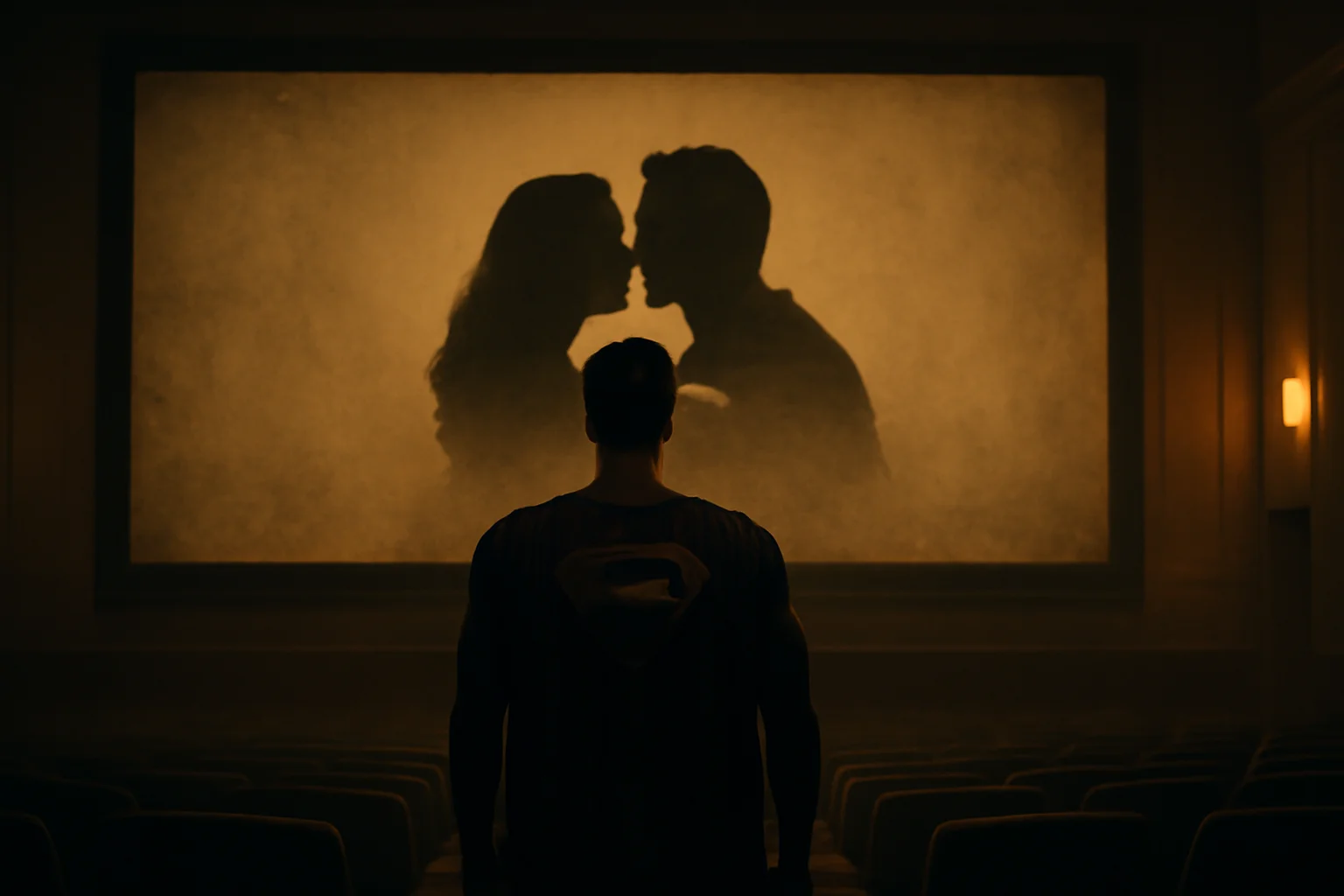
The CBFC’s removal of Superman’s kisses lit a firestorm of criticism not just for what was cut, but for what is routinely left untouched.Social media exploded with comparisons, noting that while Superman’s consensual kiss was “too much” for a PG-13 audience, recent Indian blockbusters had passed with scenes of beheadings, torture, and deeply misogynistic portrayals of women.One viewer wrote, “Superman is NOT allowed to kiss Lois Lane on Indian screens. But all sleazy leading men of Indian films are allowed to pull, grope, assault, stalk, slap, and do whatever they want with their heroines. Are you serious, Indian censor board?”Such comments reflect a broader frustration with the board’s apparent hypocrisy, where affection is more threatening than brutality and outdated moral codes dictate which narratives get sanitized.Fans also pointed to the jarring nature of the cuts, calling out the “atrocious editing job” that left the film feeling mangled and incomplete.Historically, Indian cinema’s relationship with on-screen intimacy has been fraught, from the symbolic use of flowers and close-ups in early Bollywood to the cautious embrace of hugs and hand-holding in the 1990s.Even as society evolves, the CBFC’s interventions keep the nation’s cinematic romance on a short leash, often privileging images of violence or oppression over simple gestures of love.The backlash has reached celebrities and critics alike, with actress Shreya Dhanwanthary calling the cuts “ridiculous” and popular creators blasting the board for “embarrassing itself.”More than a simple edit, the removal of Superman’s kisses became a lightning rod for wider discussions about gender, modernity, and the contradictions within India’s evolving pop culture landscape.In a country of a billion movie lovers, the definition of “morality” now seems more contested than ever.For the millions who flocked to theaters expecting a universal story of hope, love, and heroism, what they saw instead was a case study in cultural contradiction.
Advertisement
4. Hollywood and Bollywood
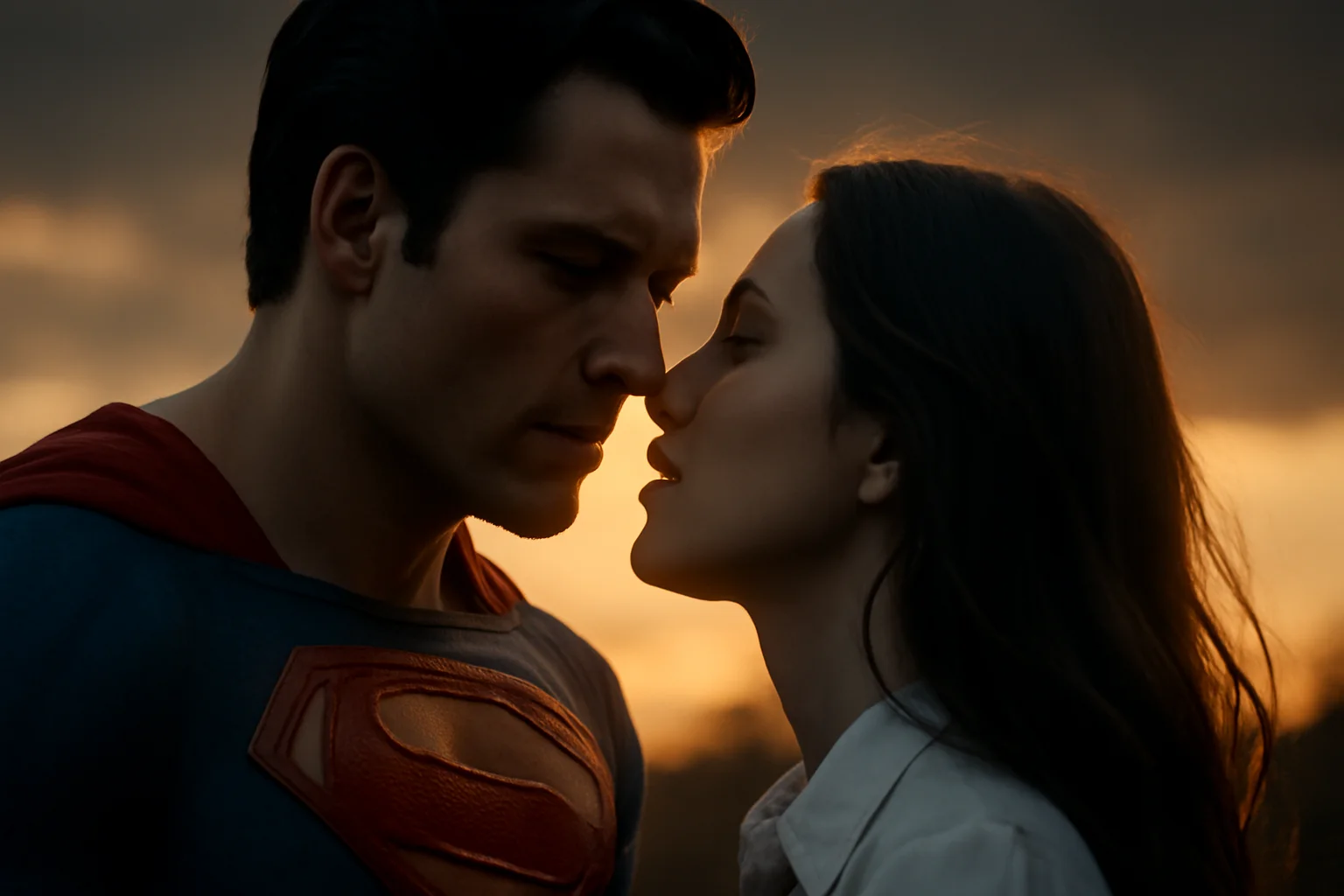
India’s relationship with global cinema is both a love affair and a battlefield, where Hollywood blockbusters and Bollywood spectacles compete—and often collide—over values, identity, and audience expectations.Superman’s censored kisses join a growing list of high-profile edits, from “Thunderbolts” having swear words muted to Brad Pitt’s “F1: The Movie” digitally swapping a middle finger for a fist bump.Even homegrown films are not immune: international festival darling “Santosh” was blocked for its portrayal of police brutality, while “Janaki vs State of Kerala” had to change its title over religious sensitivities.In some cases, studios preemptively edit films before submission, hoping to avoid last-minute objections and costly resubmissions.Yet the sheer unpredictability of what will trigger the censor’s scissors keeps filmmakers on edge and international audiences puzzled.This climate of uncertainty and self-censorship raises questions about the future of global film culture in India.As streaming giants like Disney+ quietly cut scenes from popular movies and shows for their platforms, the line between government-mandated censorship and corporate sanitization grows increasingly blurred.Critics warn that as local censors attempt to reshape billion-dollar studio films for domestic sensibilities, they risk eroding not just the art, but the audience’s connection to it.For many young, cosmopolitan Indians, the internet and global media have already changed expectations about what stories should look and feel like.Yet the CBFC’s grip, rooted in postcolonial anxieties and political pressures, remains stubbornly intact.The Superman affair is a stark reminder that the global reach of modern media does not guarantee global standards of expression.In India, a kiss can still spark a battle over the soul of cinema.
Advertisement
5. The Missing Kiss
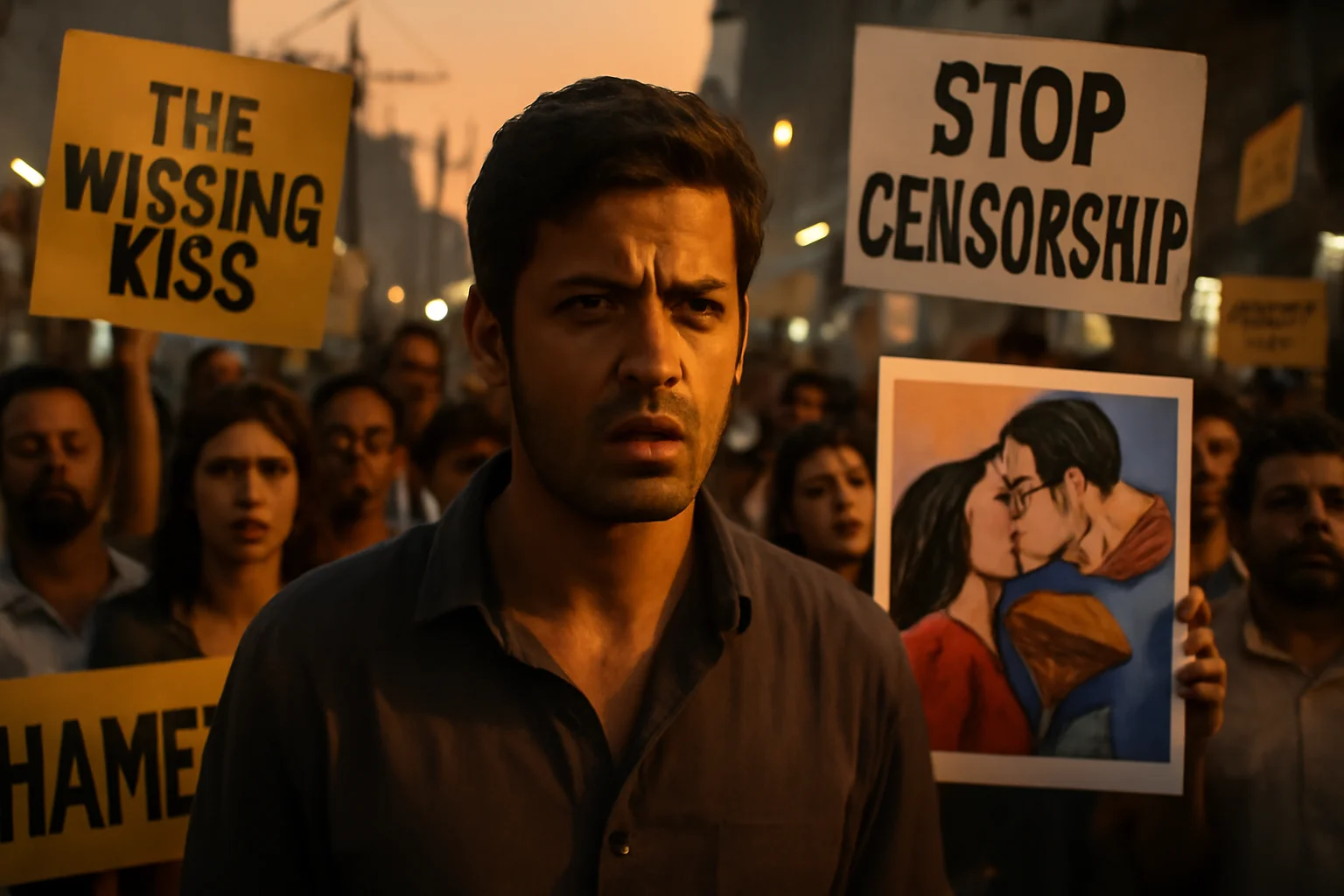
News of the Superman cuts spread fast, igniting a wave of condemnation, memes, and petitions across Indian social media.Viewers who noticed the missing scenes described confusion, anger, and disappointment, with some calling the CBFC a “disgrace to the film industry.”Movie fans pointed out the inconsistency: while a consensual, fully clothed kiss between fictional heroes was deemed “too much,” depictions of violence and regressive gender norms routinely pass with minimal scrutiny.Prominent voices, from actors to journalists to digital creators, amplified the criticism, calling out the board for embarrassing the nation and stunting the growth of Indian storytelling.Others, weary from a long history of such interventions, simply shrugged, declaring it “something done about anything else? There is some crap every day. Every. Damn. Day.”The outcry wasn’t just about one film, but about the way creative expression is policed in a country with one of the world’s largest and most passionate moviegoing publics.International news outlets picked up the story, shining a harsh light on India’s censorship regime and sparking debates about artistic freedom on a global stage.Warner Bros., Marvel, and other major studios have so far remained largely silent, navigating a delicate balance between access to the lucrative Indian market and the integrity of their creative visions.For Indian audiences, the Superman kiss became a symbol: of a country caught between modernity and tradition, between openness and control.A simple scene of love in flight had become a flashpoint for an entire nation’s struggle with censorship, identity, and the power of storytelling.As the headlines multiplied, so did the voices demanding change.
Advertisement
6. Censorship’s Reach: Superheroes to Social Struggles
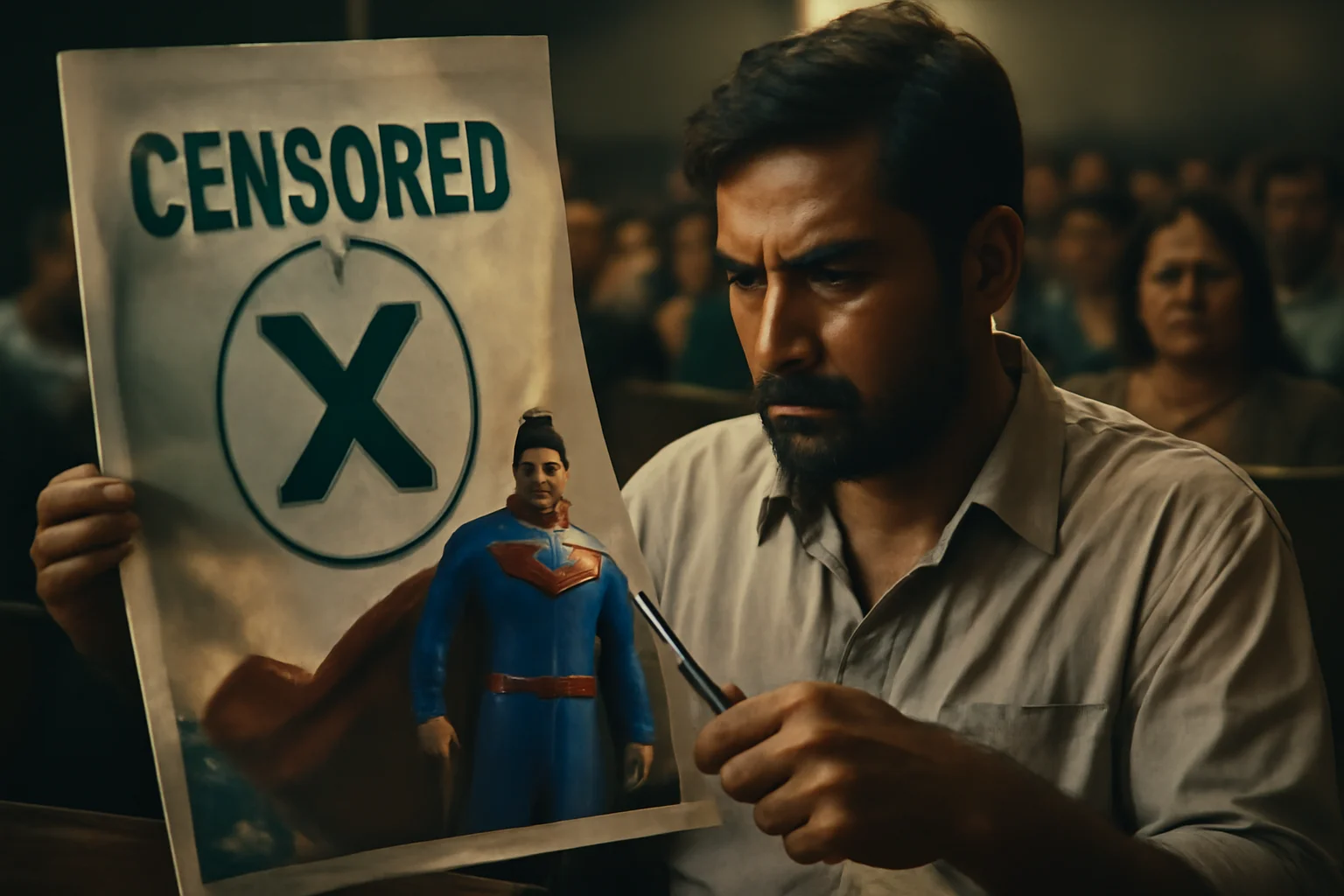
The Superman controversy is not an isolated incident, but the latest in a pattern of censorship that shapes—and sometimes distorts—India’s cultural landscape.Recent years have seen a steady tightening of controls, with the CBFC demanding hundreds of cuts from films that address caste, religion, or political power.The dismantling of the Film Certification Appellate Tribunal in 2021 left filmmakers with little recourse but to petition courts—a costly, time-consuming process that many cannot afford.Even “Punjab ‘95,” a biopic of human rights activist Jaswant Singh Khalra, reportedly faced 127 cuts before release.Religious and political sensitivities have delayed or derailed numerous projects, from anti-caste biopics to movies exploring controversial chapters of Indian history.In some cases, the board has insisted on the removal of words, symbols, or even names that might offend powerful groups.For mainstream audiences, these battles often go unnoticed until a blockbuster like Superman stirs controversy.But for filmmakers and artists, censorship is a constant, stifling force that shapes every script, performance, and edit.Critics argue that instead of upholding decency or protecting the public, the board’s interventions often serve to reinforce dominant ideologies and shield the powerful from scrutiny.In this climate, scenes of heroism, romance, and resistance risk being lost or diluted before they ever reach the audience.Superman’s missing kiss, then, is only the most visible sign of a broader struggle over who gets to tell stories—and whose voices are allowed to be heard.
Advertisement
7. Globalization of Morality
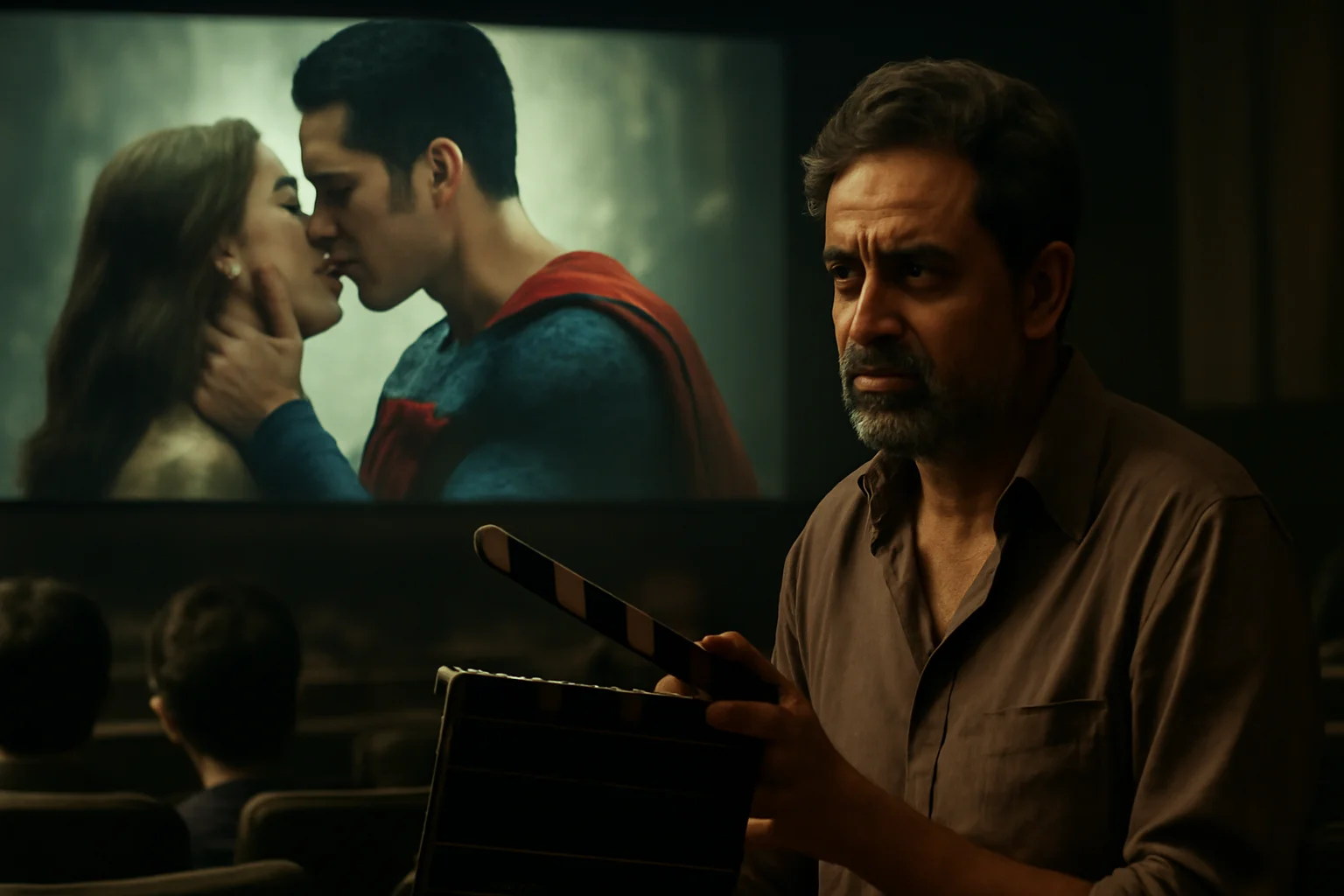
As India’s entertainment industry becomes ever more entwined with Hollywood and the global marketplace, the question of whose standards should prevail grows more urgent.Studios hungry for Indian box office revenue must weigh the costs of edits against the value of access, sometimes sacrificing story for certification.Audiences, increasingly exposed to uncensored content online, find themselves frustrated by the paternalism of official censorship.The CBFC’s interventions risk creating a parallel media universe, where theatrical releases are sanitized versions of the global original, disconnected from the wider conversation.For actors and directors, this disconnect can feel especially jarring, as performances crafted for a global audience are chopped and rearranged for local sensibilities.Filmmakers working in India face a unique challenge: how to navigate the shifting boundaries of acceptability without losing the heart of their work.As Indian cinema aspires to global recognition, the tension between local values and international norms only grows sharper.Censorship, intended to shield audiences from offense, may instead be teaching a new generation to distrust authority and seek unfiltered stories elsewhere.For Superman, the missing kiss is a tiny cut—thirty-three seconds of celluloid—but the debate it sparked is vast.In the age of streaming and social media, the illusion of cultural control is harder than ever to sustain.The future of Indian storytelling hangs in the balance, shaped by the choices made on both sides of the screen.
Advertisement
8. Defending Morality or Clinging to the Past?
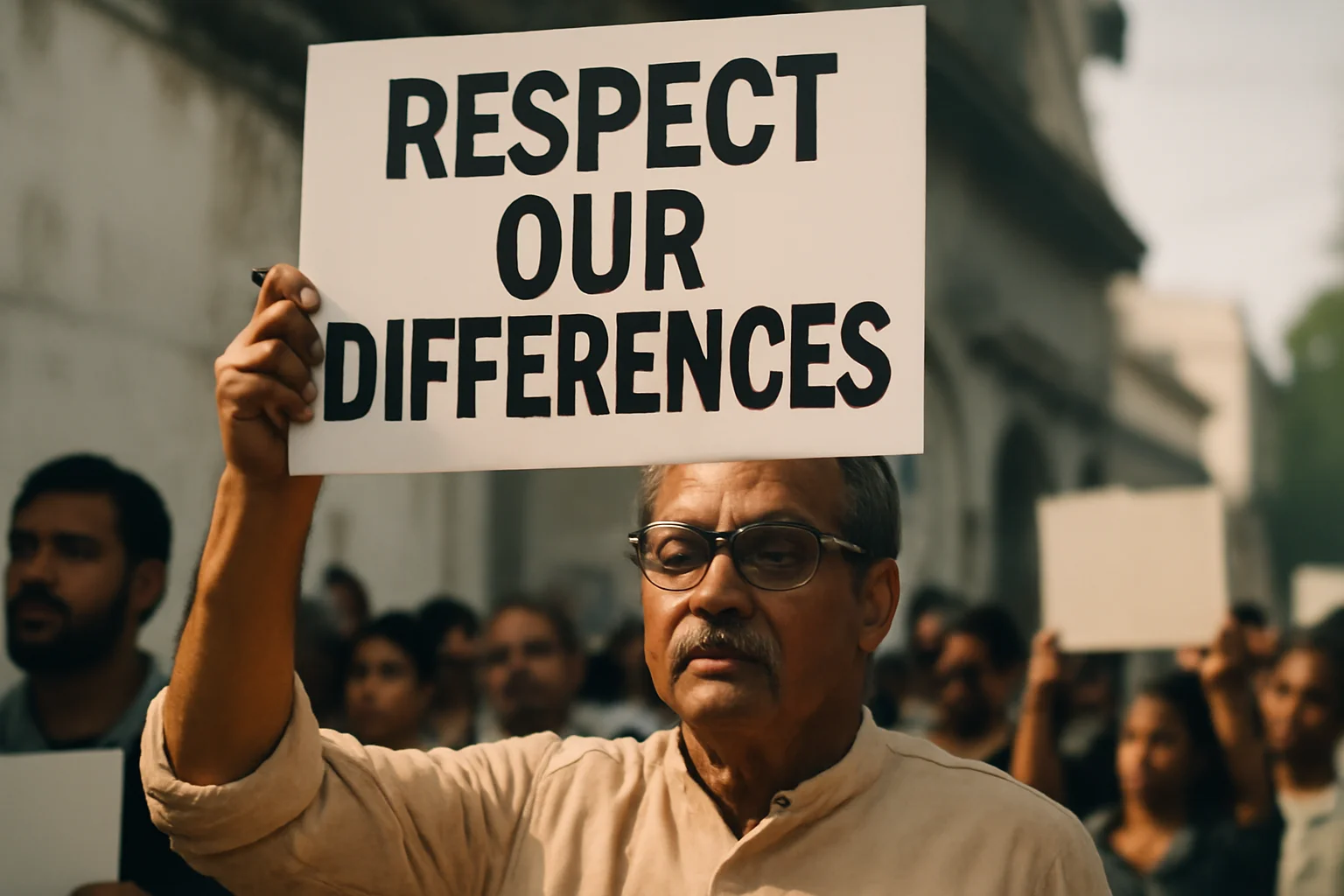
The CBFC justifies its actions with the language of morality, decency, and public order, drawing authority from the Indian constitution.But critics argue that these justifications are increasingly out of step with a society in flux, and often reflect the biases and anxieties of those in power rather than the true values of the public.Article 19(2) gives the government broad leeway to restrict free expression, but how those restrictions are interpreted can depend on the political winds of the day.In recent years, the board’s decisions have been seen as capricious and arbitrary, shaped by religious, social, and political pressures that shift with each controversy.With no meaningful appeal process since 2021, filmmakers must choose between compromise and confrontation, with most opting for the former.For viewers, the repeated invocation of “public decency” begins to ring hollow in the face of glaring inconsistencies and obvious double standards.When love between two adults is deemed more dangerous than violence or bigotry, the line between protection and repression becomes hard to distinguish.Some defenders argue that India’s diversity requires caution and consensus, but others insist that true respect for difference means trusting audiences to make up their own minds.As global media brings new ideas and images to every corner of India, the censors’ grip appears less like moral stewardship and more like fear of change.The Superman saga is a test—of whether India’s guardians of culture are defending shared values, or simply clinging to a past that is slipping away.
Advertisement
9. Call for Change Grows Louder
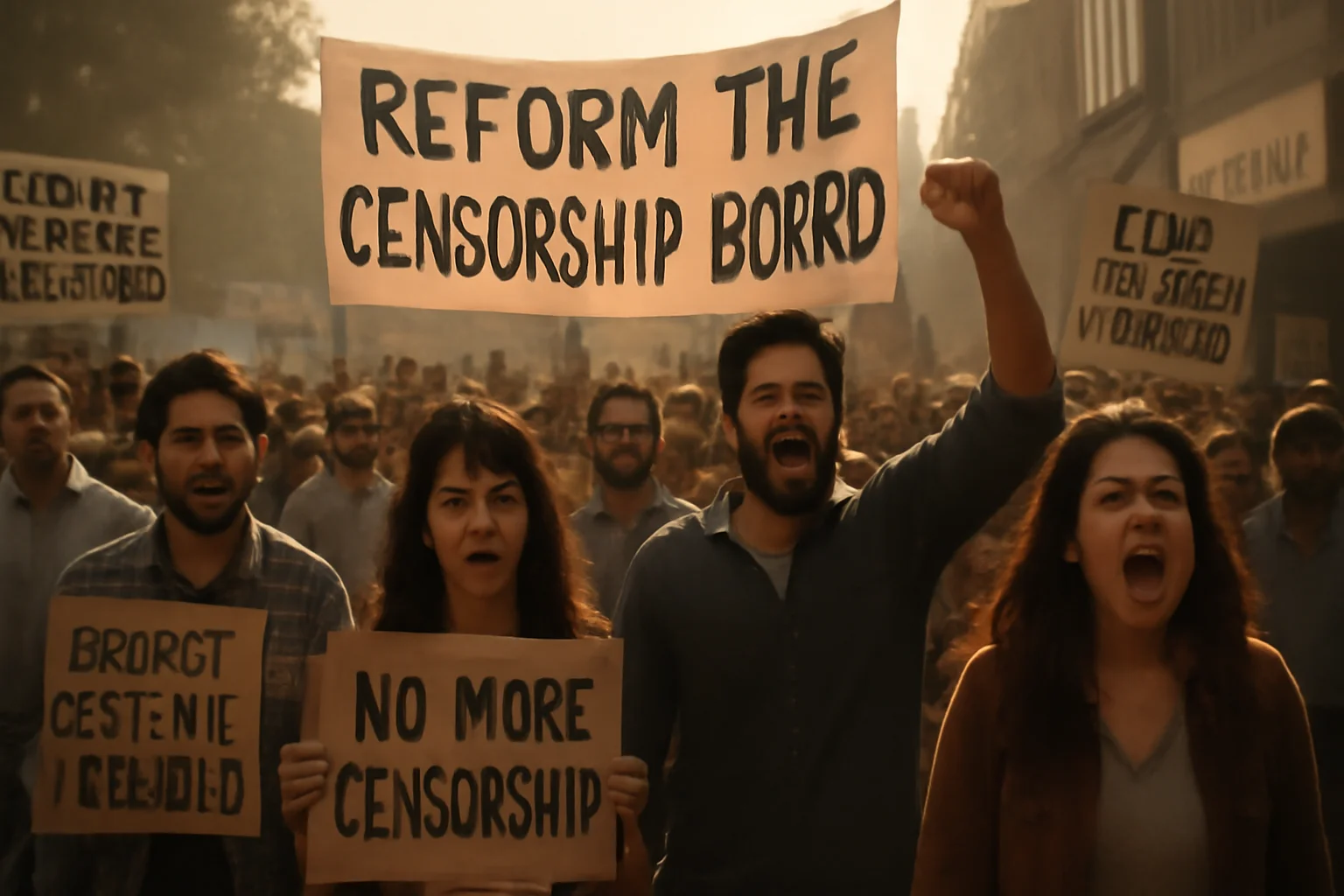
In the wake of the Superman edits, calls for reform have grown impossible to ignore, uniting artists, activists, and ordinary fans in rare consensus.Petitions, opinion pieces, and viral posts have challenged the CBFC’s legitimacy, demanding greater transparency and consistency in its decisions.Some urge the reinstatement of the Film Certification Appellate Tribunal, giving filmmakers a genuine path to appeal without risking financial ruin.Others advocate for a complete overhaul of the censorship regime, arguing that ratings—not cuts—are the best way to respect the diversity of Indian audiences.Major studios face their own reckoning, balancing commercial imperatives against mounting pressure to defend creative freedom and artistic integrity.For now, the board remains unmoved, its silence a stark contrast to the growing roar of public dissent.Yet history suggests that censorship, once exposed and challenged, rarely survives unchanged for long.As new generations of Indians claim their place in the world, they will demand stories that reflect their realities, aspirations, and complexities.Superman’s missing kiss may one day be remembered not just as a casualty of censorship, but as the catalyst for a wider reckoning.In the meantime, the debate over who controls India’s screens—and why—continues to rage, unresolved.
Advertisement
10. The Final Frame

At the heart of the Superman controversy lies a paradox: a story meant to inspire hope and courage has instead become a battleground over control and fear.The missing kiss, more than a romantic gesture, symbolizes the tension between old and new, restriction and release, authority and autonomy.For every cut, there is an outcry; for every restriction, an act of creative resistance.Filmmakers, audiences, and advocates will continue to push for a future where stories are allowed to soar—across boundaries, cultures, and generations.The CBFC, once the final arbiter of what could be seen and said, faces an uncertain future as the tides of technology and public sentiment rise against it.The lessons of Superman will echo far beyond one film, shaping debates over art, identity, and power for years to come.In every skipped scene and censored line, the struggle for the soul of Indian cinema endures.Ultimately, the question is not just what stories can be told, but who gets to tell them—and whose voices will shape the culture of tomorrow.As the credits roll on this chapter, hope persists that love, honesty, and artistic freedom will find their way back to the screen.Until then, the missing kiss remains—a symbol, a challenge, and a call for a braver, more open conversation about what it means to be truly free.
Advertisement
Advertisement
You May Also Like


